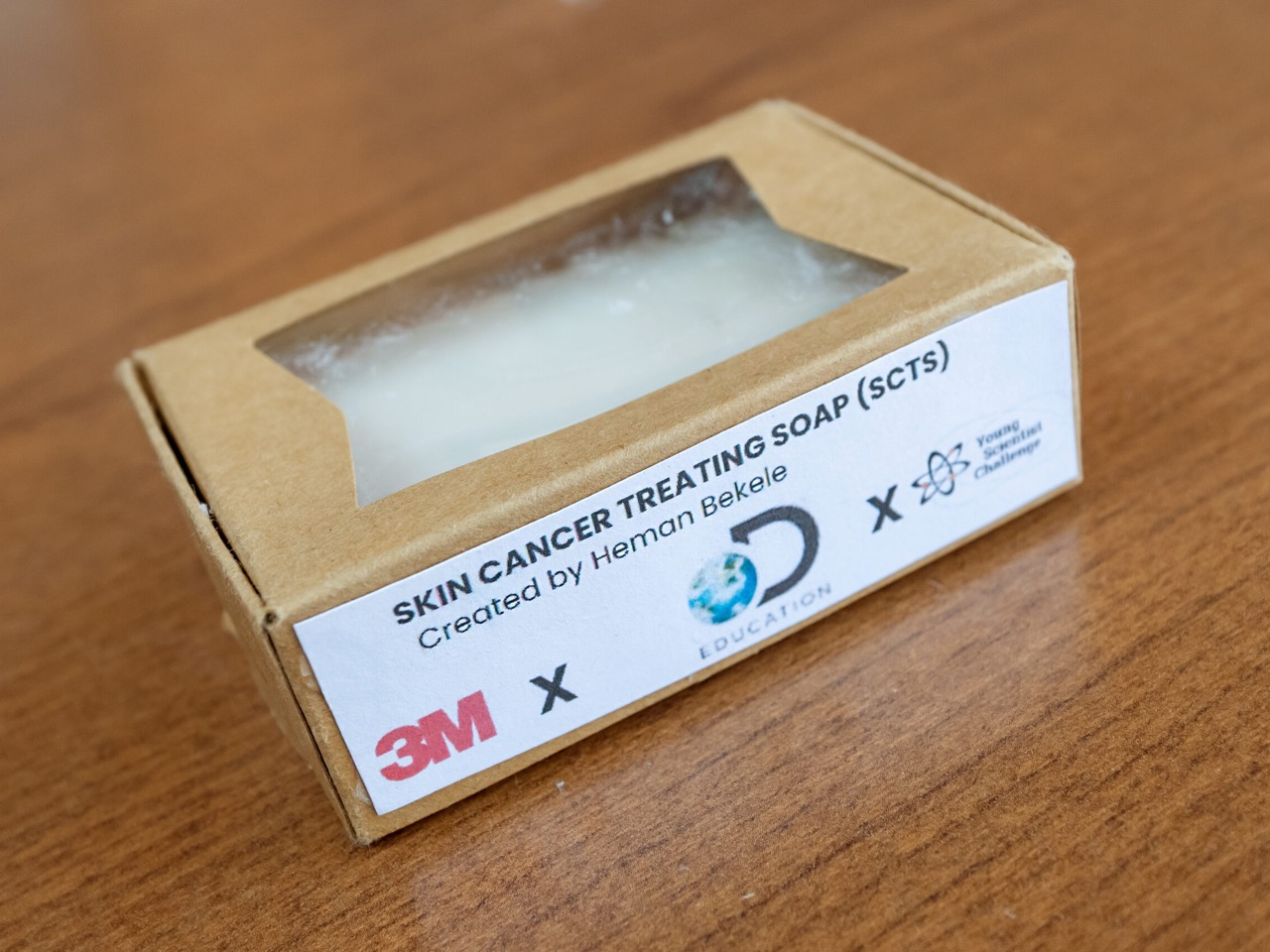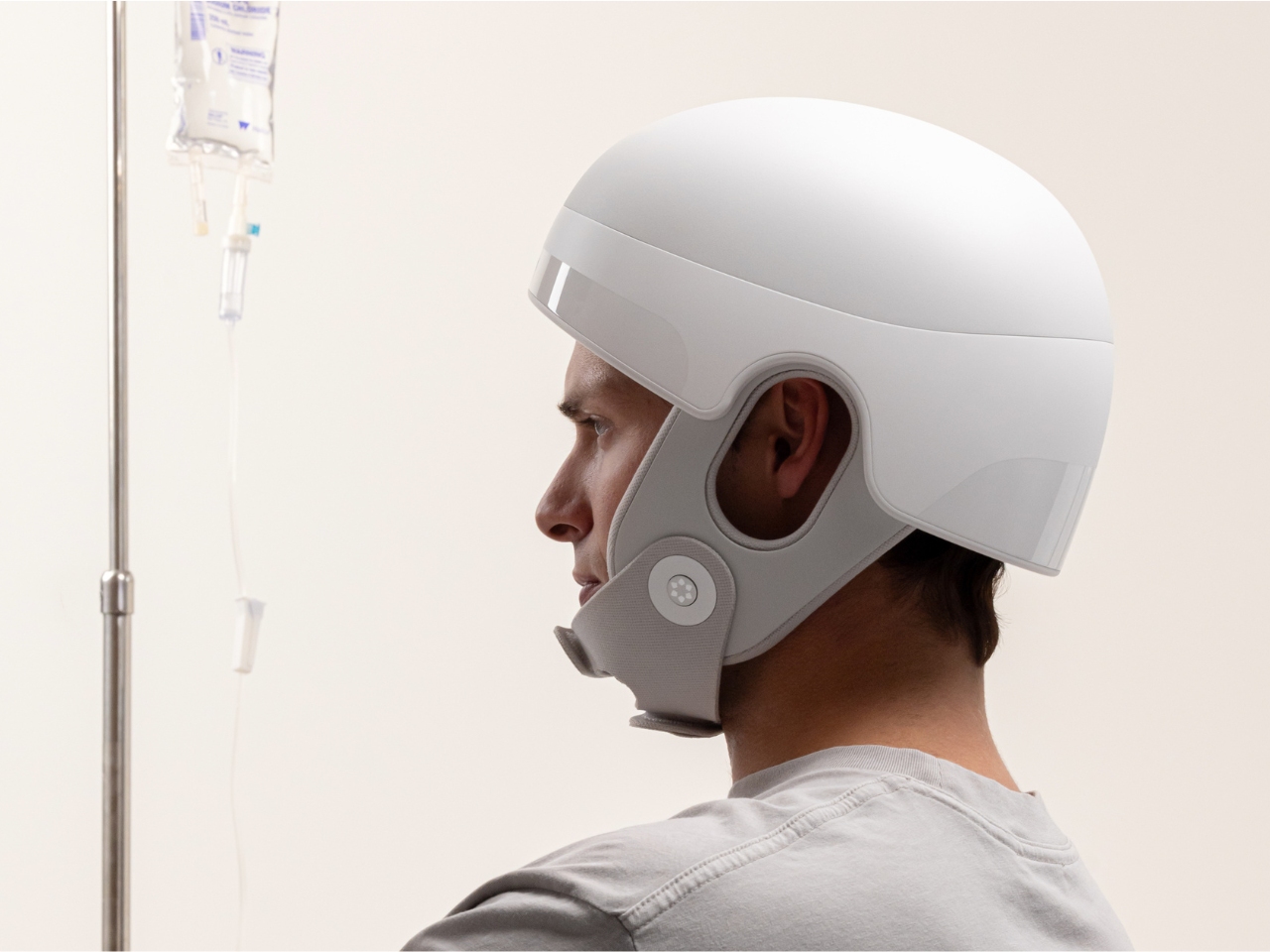Vous vous souvenez des débats enflammés sur les vaccins COVID et de ces théories complotistes de “turbo cancer” qui circulaient partout sur les réseaux sociaux ? Bon c’est un peu has been maintenant mais c’était cette fausse idée que les vaccins mRNA provoqueraient des cancers fulgurants…
Et bien accrochez-vous, parce que des chercheurs très sérieux viennent de découvrir EXACTEMENT l’inverse. Vous allez voir, c’est drôle !
Des oncologues de l’Université du Texas et de l’Université de Floride ont analysé les dossiers de plus de 1000 patients atteints de cancers du poumon ou de mélanomes avancés et ils ont remarqué un truc bizarre : les patients qui avaient reçu un vaccin mRNA contre la COVID dans les 100 jours suivant le début de leur immunothérapie vivaient beaucoup plus longtemps que les autres. Genre, 2 fois plus longtemps.
Concrètement, la survie médiane passe de 20 mois sans vaccin à 37 mois avec vaccin et au bout de 3 ans, 56% des patients vaccinés sont toujours en vie, contre seulement 31% chez les non-vaccinés.
Bon alors, comment c’est possible ? Hé bien pour comprendre, faut faire un détour rapide par l’immunothérapie. En effet, depuis une dizaine d’années, on traite certains cancers avec des médicaments qui ne ciblent pas la tumeur directement mais débloquent en réalité le système immunitaire.
Le truc, c’est que les cellules cancéreuses sont malignes (sans mauvais jeu de mots..) puisqu’elles utilisent une protéine appelée PD-L1 pour littéralement désactiver les lymphocytes T, les fameux soldats de notre système immunitaire. Les inhibiteurs de checkpoint comme le pembrolizumab ou le nivolumab empêchent alors cette désactivation et le système immunitaire peut enfin faire son boulot et attaquer la tumeur.
Sauf que ça ne marche pas sur tous les cancers. Il y a ce qu’on appelle les tumeurs “chaudes” et les tumeurs “froides”. Les chaudes ont été repérées par le système immunitaire et ont été infiltrées par des cellules immunitaires. Les froides, par contre, sont invisibles. Aucune cellule immunitaire autour, aucune réaction. Et pour ces tumeurs froides, l’immunothérapie classique ne sert à rien et c’est un cauchemar à combattre.
De leur côté, les vaccins mRNA COVID agissent comme une alarme incendie pour le système immunitaire. Quand vous recevez votre dose de Pfizer ou Moderna, votre corps produit un tsunami d’interféron de type I. C’est une molécule de signal qui met tout le système immunitaire en alerte rouge : Les cellules présentatrices d’antigènes se réveillent, les lymphocytes T se multiplient, et tout le monde passe en mode combat !
Et cette activation généralisée, elle ne se limite pas au virus COVID puisque le système immunitaire en profite pour scanner TOUT ce qui traîne, y compris les cellules cancéreuses qui jusque-là passaient inaperçues. Les tumeurs froides deviennent alors chaudes et se mettent à exprimer du PD-L1 pour tenter de se protéger. Et c’est justement à ce moment-là que les inhibiteurs de checkpoint entrent en jeu et bloquent cette défense.
Les chercheurs ont donc testé ça sur des modèles animaux pour comprendre le mécanisme exact et ont confirmé que le vaccin seul ne suffit pas. Il faut la combinaison vaccin mRNA + immunothérapie pour obtenir l’effet maximal. L’un réveille le système immunitaire, l’autre maintient l’attaque active contre la tumeur.
Le plus fou dans cette histoire, c’est que personne ne cherchait cet effet. Élias Sayour, l’un des chercheurs principaux à l’origine de cette découverte, bossait déjà sur des vaccins mRNA anti-cancer personnalisés depuis 2016 et avait remarqué que les molécules d’ARN messager pouvaient entraîner le système immunitaire même sans cibler des antigènes tumoraux spécifiques. Mais de là à imaginer que les vaccins COVID développés en urgence pour une pandémie auraient ce pouvoir contre le cancer, personne ne l’avait anticipé.
D’ailleurs, il y a eu quelques cas rapportés dans la littérature médicale de patients dont les tumeurs ont spontanément régressé après une vaccination COVID et à l’époque, tout le monde trouvait ça anecdotique… peut-être des coïncidences. Mais avec cette étude portant sur plus de 1000 patients et contrôlant 39 variables différentes (stade du cancer, traitements antérieurs, comorbidités, etc.), c’est difficile de parler de hasard.
Cinq fois plus de chances d’être en vie trois ans après le diagnostic, juste en ajoutant un vaccin qu’on a déjà sous la main et qui a été administré à des milliards de personnes, c’est pas rien.
Maintenant, avant de crier au miracle, quelques précisions importantes quand même. Cette étude est observationnelle, et ce n’est pas un essai clinique randomisé. Ça veut dire que les chercheurs ont analysé des données existantes, et n’ont pas assigné aléatoirement les patients à un groupe ou l’autre. Il pourrait donc y avoir des biais cachés. Par exemple, les patients qui ont choisi de se faire vacciner pendant leur traitement cancer sont peut-être aussi ceux qui suivent mieux leurs protocoles de soin en général ?
Mais les chercheurs ont anticipé cette critique et ont utilisé des techniques statistiques avancées pour éliminer un maximum de facteurs confondants et même avec ça, le signal reste fort. Assez fort en tout cas pour justifier de passer à l’étape d’un vrai essai clinique prospectif.
L’équipe lance donc un essai à grande échelle sur des patients atteints de cancer du poumon, avec 2 groupes : un qui reçoit l’immunothérapie standard, l’autre qui reçoit immunothérapie + vaccin mRNA COVID. Si les résultats confirment ce qu’ils ont observé, on pourrait alors voir les protocoles de traitement évoluer très rapidement.
Et contrairement aux vaccins anti-cancer personnalisés qui nécessitent d’analyser la tumeur de chaque patient pour créer un vaccin sur mesure (c’est cher et complexe…), les vaccins COVID eux sont déjà produits en masse, approuvés, dispo partout, et relativement peu chers.
On savait que non seulement
ces vaccins COVID ne causaient pas de cancer
mais découvrir qu’en plus ils pourraient bien devenir un outil standard pour TRAITER le cancer, c’est turbo-marrant je trouve… La science nous réserve toujours des surprises, et c’est pour ça qu’elle me passionne !
Si ça vous dit, l’étude a été publiée dans Nature, et
vous pouvez la lire en intégralité ici
si vous voulez rentrer dans les détails statistiques et biologiques.
![]()
![]()
![]()
![]()




